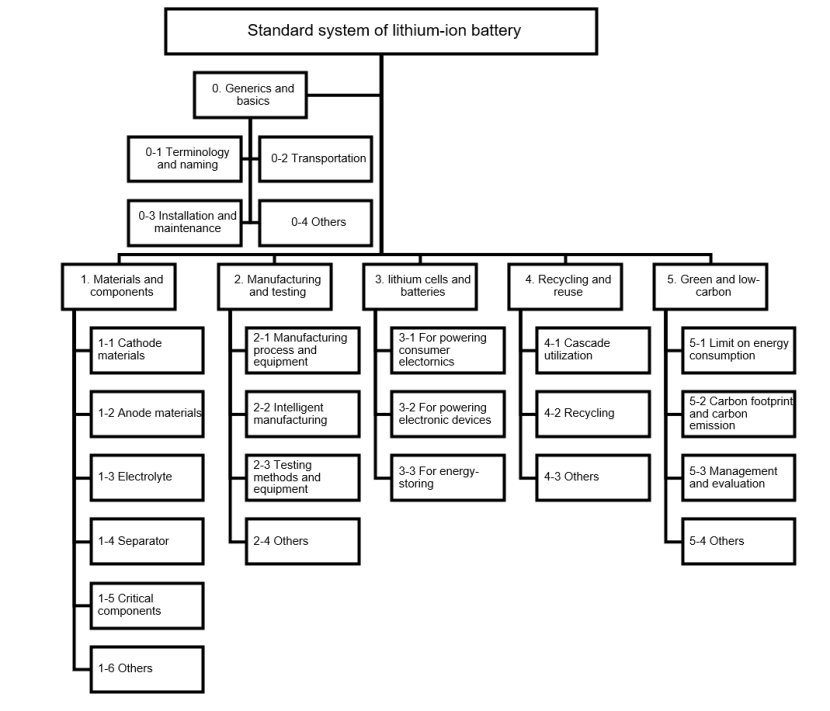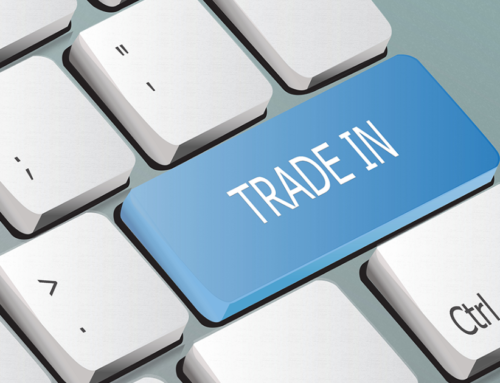On December 6, 2023, China’s Ministry of Industry and Information Technology (MIIT) solicited public comments on the Guidelines on the Comprehensive Construction of the Standards System for Lithium-ion Battery and Cell (Draft for Comment) (hereinafter referred to as the Draft). The deadline for submitting comments was December 20, 2023.
According to the draft, China has grown into the largest producer for lithium-ion batteries and cells. The whole industrial chain has been established – from manufacturing of critical materials and cells, to assembling batteries and manufacturing equipment. In the first half of 2023, China’s lithium-ion battery industry continued to grow, with production exceeding 400 GWh, corresponding to an increase of more than 43% year-on-year. The total revenue of the lithium-ion battery industry reached 600 billion RMB. Given this context, the standardization of the industry has become increasingly important.

Figure 1: The Standard System of Lithium-ion Battery
To better support the standardization work, the Draft introduces the goals, the structure of the standards system, and organizational support measures. It also includes the list of the standards forming the system. The following is a summary of the key information for each part.
- Goals
The quantitative goal set by the Draft is to develop, or revise, 120 standards, with the year 2028 set as deadline for completing the process for basic and generic standards, and for critical products standards. In addition, the supply of standards in this area must reflect a shift, namely from being government-led to being driven by both the government and the market, and from being domestic-led to being driven by mutual conversion of domestic and international standards.
- Standard system
The standards system covers mainly six categories – as shown in figure 1. In addition to basic and generic standards, the standards system highlights the requirements for the lithium-ion battery industry, both in terms of quality and in terms of green and low-carbon development.
- Organizational support
A total of four tasks are listed in this part: (i) standardization of the whole industrial chain, (ii) standards promotion, implementation and surveillance, (iii) international cooperation, (iv) capacity building for engaging in international standardization activities. As the largest producer of the lithium-ion batteries, China’s standardization plans and efforts for lithium-ion will focus on the exportation of standards and international cooperation.
- List of standards
A total of 542 standards are identified, including both standards already in force and standards to be developed or revised. Among them, only 13 standards are converted from international standards. All of them are either national standards or sector standards. No association standards are involved.




